How to Play Admiral AkGnar’s Revenge
Set the way-back machine for half a dozen metas ago when Mr. Rubin Zoo himself showed up with an absolute nonsense pile of a deck featuring Sivir, Akshan, and double strike, that destroyed the meta.
My name is Jordan “WhatAmI” Abronson and I am here with that deck’s spiritual successor, Admiral AkGnar.
And no, don’t worry, it’s not a trap.
For more decks, head to the Deck Library! To build your own, head to the Deck Builder.
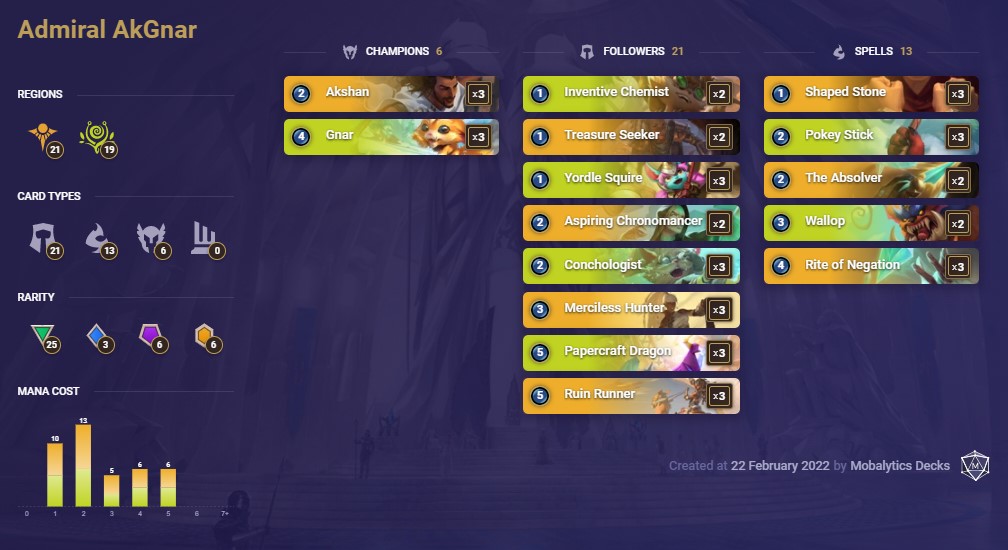
Deck Code: CEBAKBAHG45V2Z4CAECQKCRRSEA2CANGAGYQCAQCAUFETVIBAMCAOAJWRIAQA
[See Admiral AkGnar deck details]
Admiral AkGnar
At first glance, this deck looks like it is playing a pile of quite questionable choices that don’t seem to have all that much in common. One level down though the amount of synergy that gets created here is pretty unreal.
One of my favorite things in any deck is when it can decide what plan it is going to attempt based on both its opponent and the draw. With this one, we get to switch between aggro, combo, and even occasionally midrange.
The combo elements are the most degenerate. Apply Papercraft dragon to anything with Overwhelm and watch your opponent die. But we’ve got a slew of one drops to also simply pile aggression onto unsuspecting opponents.
Past that we also get to pack a surprising amount of interaction courtesy of Merciless Hunter, Gnar, and even Rite of Negation subbing in for Deny in our colors. This is a deck with many avenues to victory, so let’s check them out.
Phase One: Aggression
While we’re not exactly setting out to complete any kind of real burnout game plan, we are packing seven one drops and eight two drops. That alone is enough to put a significant amount of pressure on anyone who is not prepared.
The Fearsome power of a Merciless Hunter can also put in some serious work. There are a surprising number of games where this card will get in a free attack, or even two. Eight points of damage is an awful lot when you can make it happen.
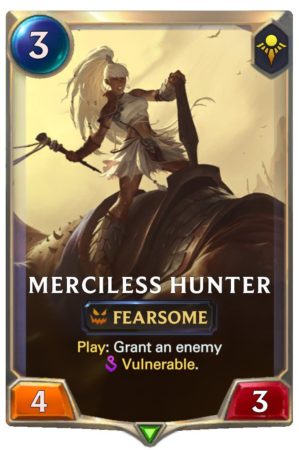
Beyond that, all of our early drops help set up our later game plan. Inventive Chemist turns on Shaped Stone and Gnar, Yordle Squire is amazing with Akshan and our combo turns, and Treasure Seeker is just an around solid role player any time vulnerable is being granted to your opponent’s units.
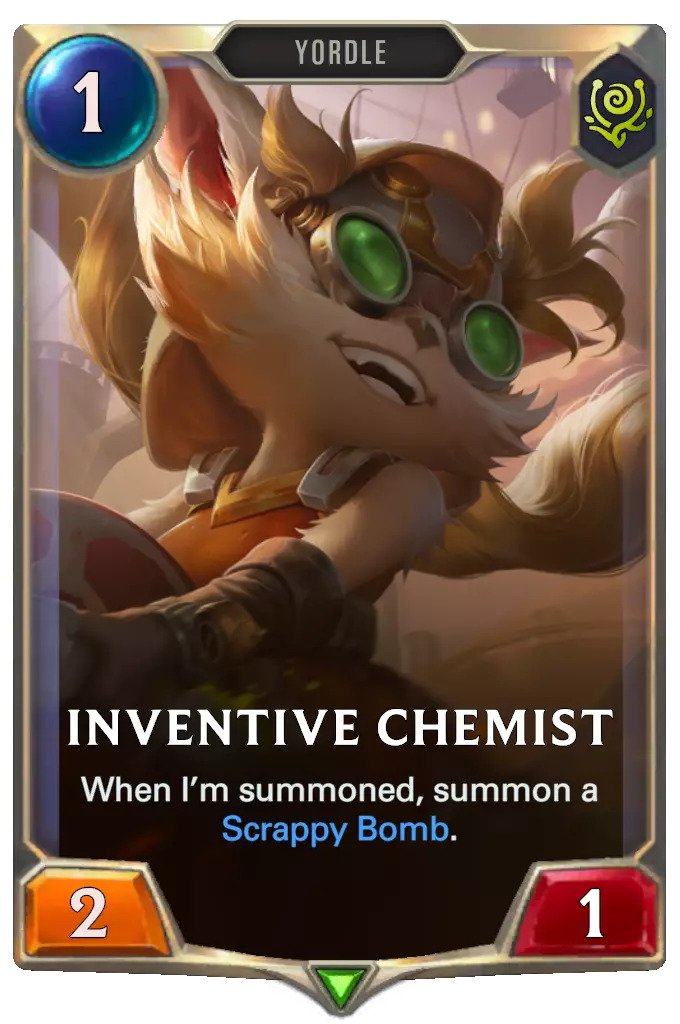
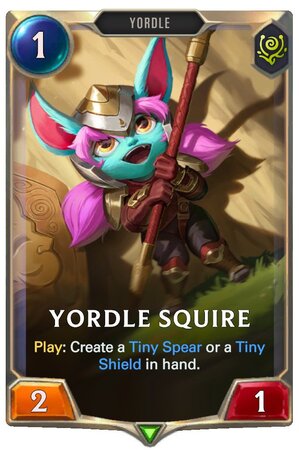
Phase Two: What are we today
This is the phase of the game where, based on your opening draw and how your opponent has responded to it, you figure out where your win is going to come from. Sometimes it is wide boards and Ruin Runner beat down, sometimes it is trading efficiently and getting some value, sometimes it is Papercraft nonsense.
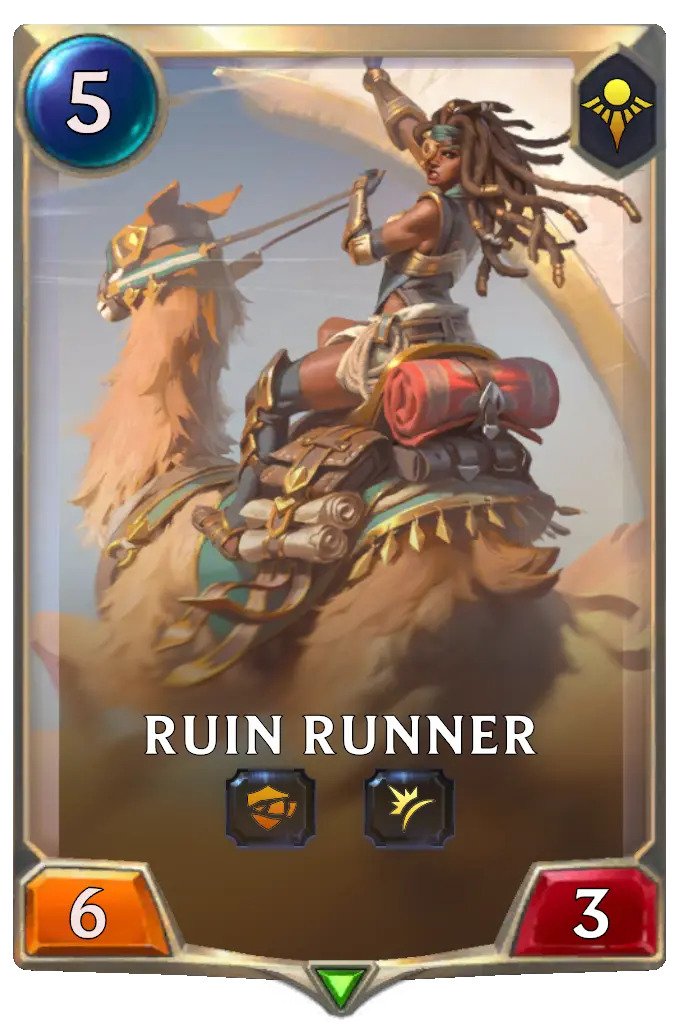
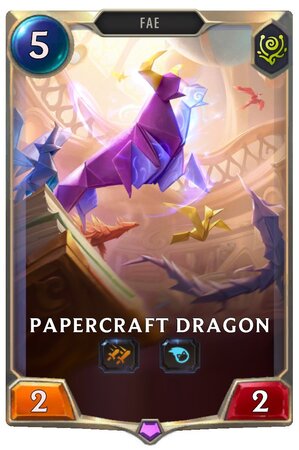
Also, during this phase, we’ll often have some level of card selection, either from Akshan, Conchologist, or Chronomancer. You’ll want to be asking what tools you’ll need to push lethal through your opponent’s defenses.
Try to also get hand reads on your opponent as much as possible during this phase as it will help your decision-making. Do you think you can go all-in on turn five or six, or do you need to wait for Rite of Negation or a Spellshield to back you up against your opponent’s interaction?
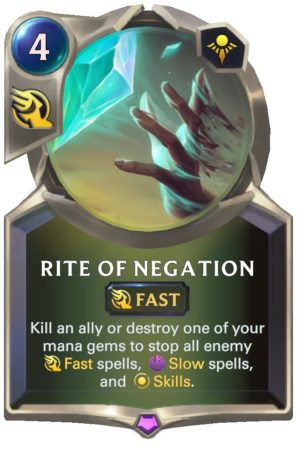
These answers will change every game. To pilot this deck with maximal efficiency you’ll need to be asking them anew many times. This is part of what gives this deck its complex play patterns that I so enjoy.
Phase Three: Sealing the Deal
Most of our wins will come from one of a couple of places. A wide board, a big Absolver turn, a Ruin Runner crashing through, sometimes with the help of a Wallop, or Papercraft Dragon accidentally killing our opponent from twenty.
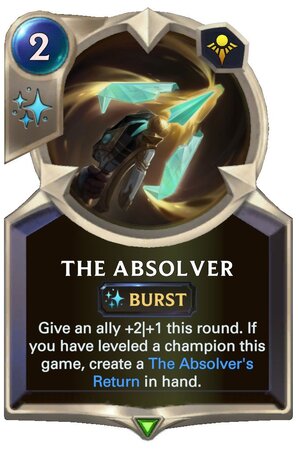
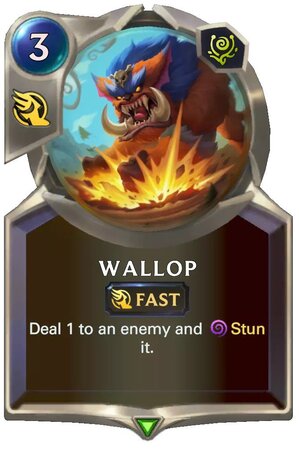
Whichever of these we are working towards, we want to make sure that we are committing to it as soon as possible. This is a deck that very rarely has spare resources, but often has just enough cards, time, and nexus health to get the job done at the last second.
I do have quite a reasonable win rate on this deck, but I would say that I win a very high percentage of my games with a couple of health and between one and three cards left in my hand. So once you figure out where you’re going, get there quickly and don’t miss your opportunities.
Key Choices
So, the first question a lot of people are going to have about this particular list is what is with the ratioing on those one drops? The thing to realize is that each of them does subtly different things that are all quite important. I’d run three of each, but you just don’t want nine one drops in the deck.
Not too long after that Chronomancer tends to catch people’s eye. I used to have Vekauran Vagabond in that slot, but this deck is so mana-hungry that coming down a turn sooner is a big deal. Beyond that having just a touch of card selection can help out those mid-game-planning turns.
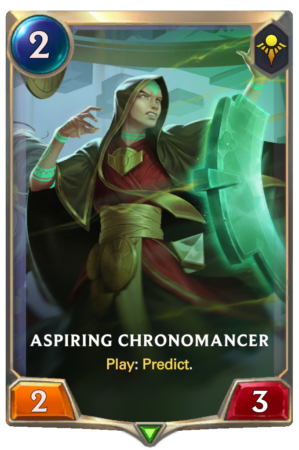
The swing slots in this deck as far as I am concerned are the third Yordle Squire, Chronomancer, and the third Rite of Negation. There are a whole bunch of different meta-dependent options you can put in those slots from Ruthless Predator to Loping Telescope, so if you’re interested then play around with them and see what variation you enjoy.
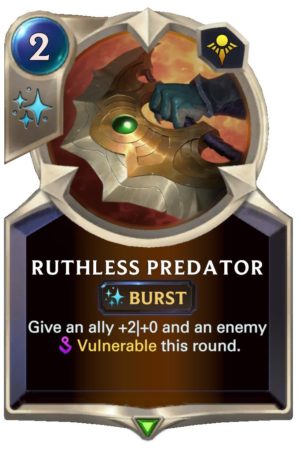
I think Rite of Negation gets a bad rap though, and I’m very happy with having all three. Oftentimes you are winning the game the turn you cast it, so you don’t miss the mana. It can also sometimes help you level Akshan, or even if it doesn’t flat out win, stopping a Pyke is a huge deal.
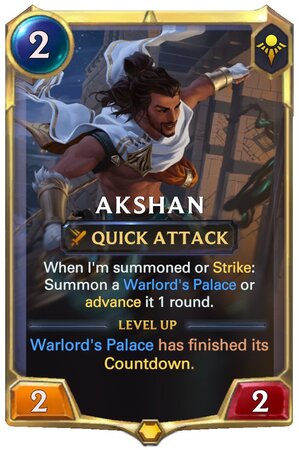
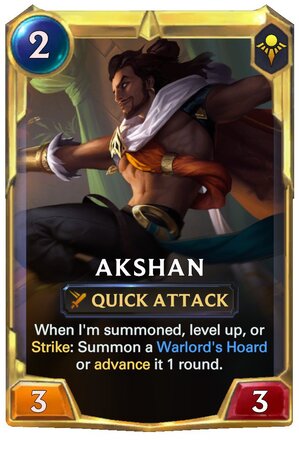
Conclusion
This deck is extremely fun to pilot and does some pretty impressively powerful things. I’ve made Overwhelm Doublestrike Spellshield creatures so big that a fully leveled and buffed-up Galio could not stop my opponent from dying, and that is an absolute blast, let me tell you.
You’ll have a few moments of “Wait it is turn five and I’m out of gas and can’t do things, what happened?” But that’s true of any deck with an aggressive bent, and between Gnar, Akshan, and main deck Pokey Stick those happen significantly less often than they otherwise might.
If you’re looking for a powerhouse that rewards perfect play and directly punishes missed opportunities then this is the deck for you. Playing this kind of deck will also help you get better at Runeterra in general as the skills it teaches apply to almost any other archetype you are going to pick up.
Because of that, I cannot recommend it highly enough whether you are a new or experienced player of the game. And hey, who doesn’t like killing their opponents from twenty when they have one nexus health left?
If you have any questions, feel free to ask WhatAmI during his streams (Tuesday-Thursday around 3PM PST and weekends for tournaments).
WhatAmI streams at twitch.tv/xxwhatamixx Tuesday-Thursday
Subscribe to our newsletter:
Don’t miss out on all of the latest LoR content!
 Download APP
Download APP